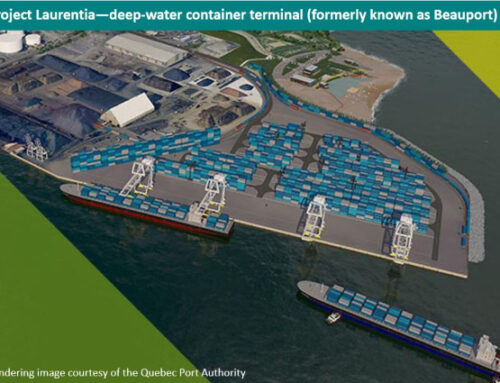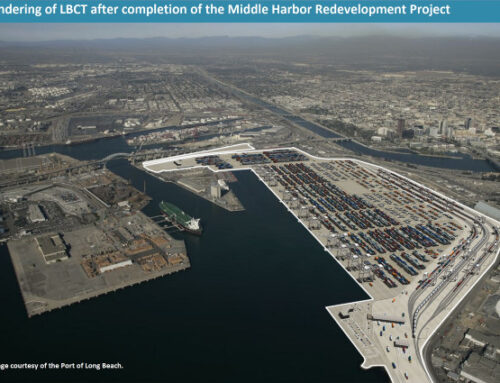Many commodities depend on short lines for transportation between their origin/destination and the main tracks of the Class I railroads. Ocean carriers and terminal operators also rely on short lines to get freight in and out of the ports on a timely manner. Short lines are the critical link for the first or last mile of many supply chains.
As freight demand is expected to continue on the rise, an article from the American Journal of Transportation anticipates a bright future for short lines. The article indicates that 550 short lines operate in the U.S., representing 31% of the total rail freight mileage.
Among the largest:
- Genesee & Wyoming—controls 121 short line and regional freight railroads in North America, Europe, and Australia, in addition to providing services to more than 40 ports and cross-border services between the U.S. and Mexico.
- Watco Transport Systems—owns 38 short lines, managing 5,100 miles of track, 87 maritime terminals, and 31 industrial switching operations throughout the U.S.
- Iowa Pacific Holdings and its subsidiary Permian Basin Railways—operate 16 short lines from California to the interior of New York State.
- Anacostia Rail Holdings—operates over 760 miles of track across six rail lines from the Pacific Coast, through the Gulf and Midwest, to Long Island.
The article notes that driver shortages and under capacity in the trucking industry, potential increases for cross-border freight between the U.S. and Mexico, and the potential sale of 8,000 miles of track from CSX could translate into significant benefits for short line railroads.
More about the article here.



